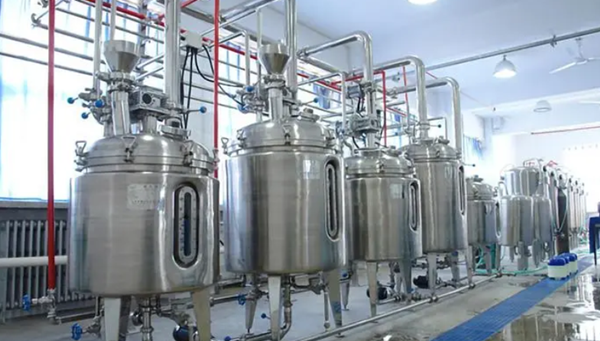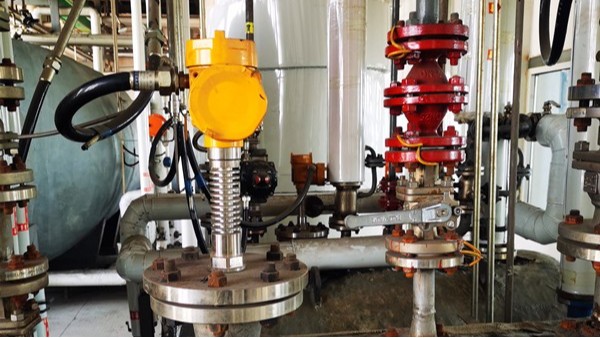In the chemicals, paints and coatings industry, accurate dosing of liquid raw materials is particularly important. With the advancement of science and technology, radar level gauge, as a non-contact liquid level measurement technology, is widely used in various liquid level measurement occasions because of its high accuracy and reliability.
However, for coating preparation tanks with special properties, whether radar level gauges can be used for liquid level measurement requires in-depth analysis and discussion.

Coating formulation tanks often contain liquids that are highly viscous, prone to caking, and contain suspended particles or bubbles. These characteristics may affect the measurement accuracy of radar level gauges.
For example, high viscosity liquids may cause the reflection of microwave signals on the liquid surface to be unclear, while suspended particles or bubbles may cause signal scattering, thus affecting measurement results.
Radar level gauges usually use microwave pulse or frequency modulated continuous wave (FMCW) technology to determine the liquid level based on time differences or frequency changes by transmitting microwave signals and receiving signals reflected back from the liquid surface.
The advantage of this technology is that it is not affected by the chemical properties, temperature, pressure and container shape of the medium, so it is suitable for liquid level measurement in a variety of complex environments.

In order to evaluate the feasibility of using radar level gauges in coating formulation tanks, we need to conduct a series of experiments and analyses.
First, the reflection characteristics of radar waves of different coating materials and liquids in different states can be observed through simulation tests under laboratory conditions. Optimize the measurement effect by adjusting the parameters of the radar level gauge, such as microwave frequency, transmission power and signal processing algorithm.
Secondly, taking into account the temperature fluctuations, stirring and other interference factors that may exist in the actual production environment, on-site testing is also required on actual coating formulation tanks.
These tests should cover different operating conditions and level ranges to ensure that the radar level gauge can provide accurate measurement data in real-world applications.

In addition, in order to improve the accuracy and reliability of measurement, other types of sensors or measurement technologies can be combined, such as capacitive, ultrasonic or optical level gauges, to achieve the integration and complementation of multiple technologies.
By comparing the performance of different technologies in specific applications, a more comprehensive solution can be provided for level measurement in coating formulation tanks.
Although the special properties of coating preparation tanks bring challenges to liquid level measurement, through scientific experimental design, parameter optimization and multi-technology integration, the application of radar level gauges in coating preparation tank liquid level measurement is feasible.
